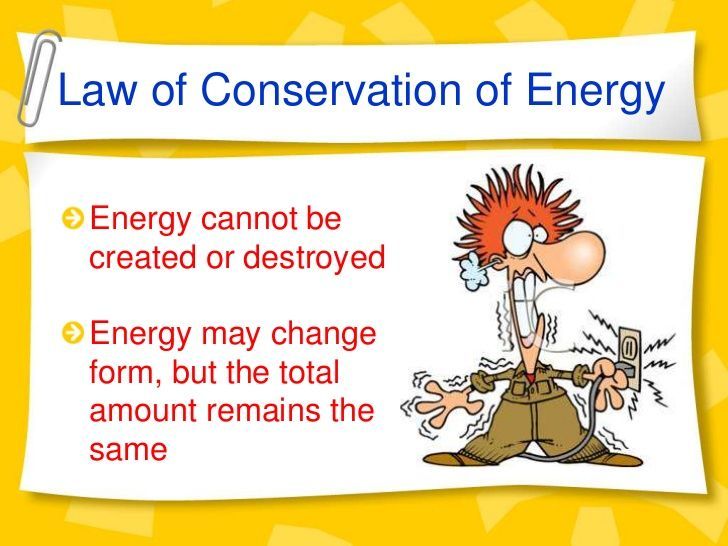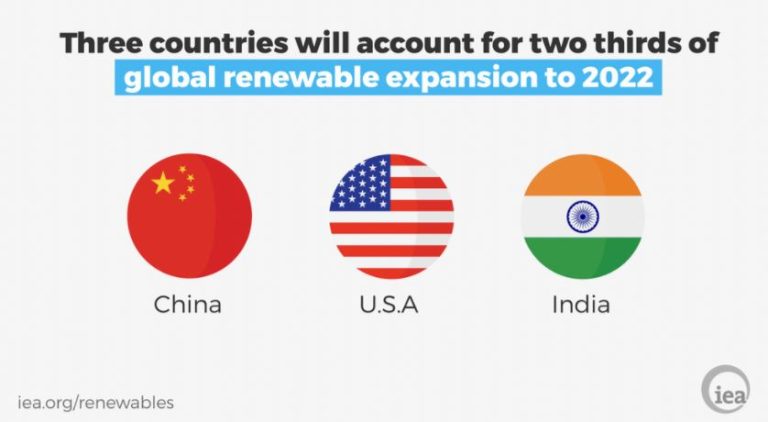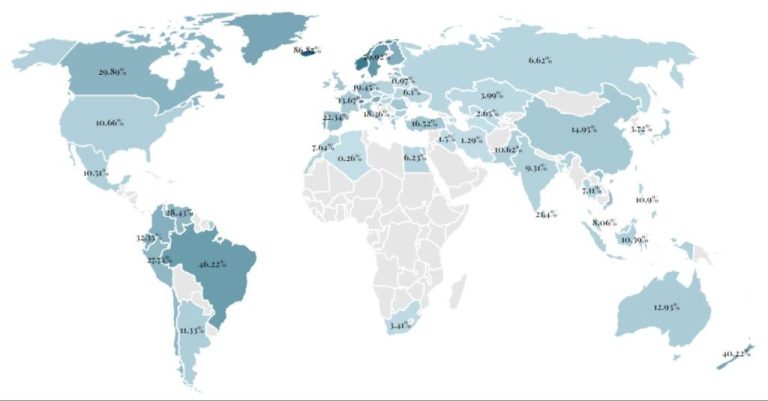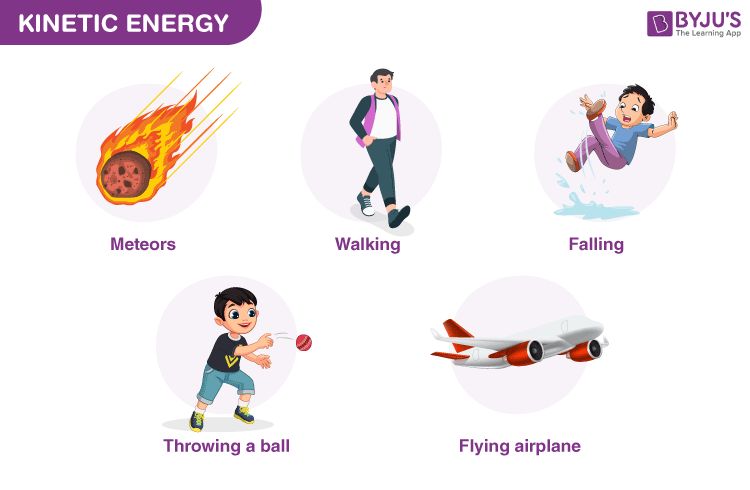Could We Live Without Nuclear Energy?
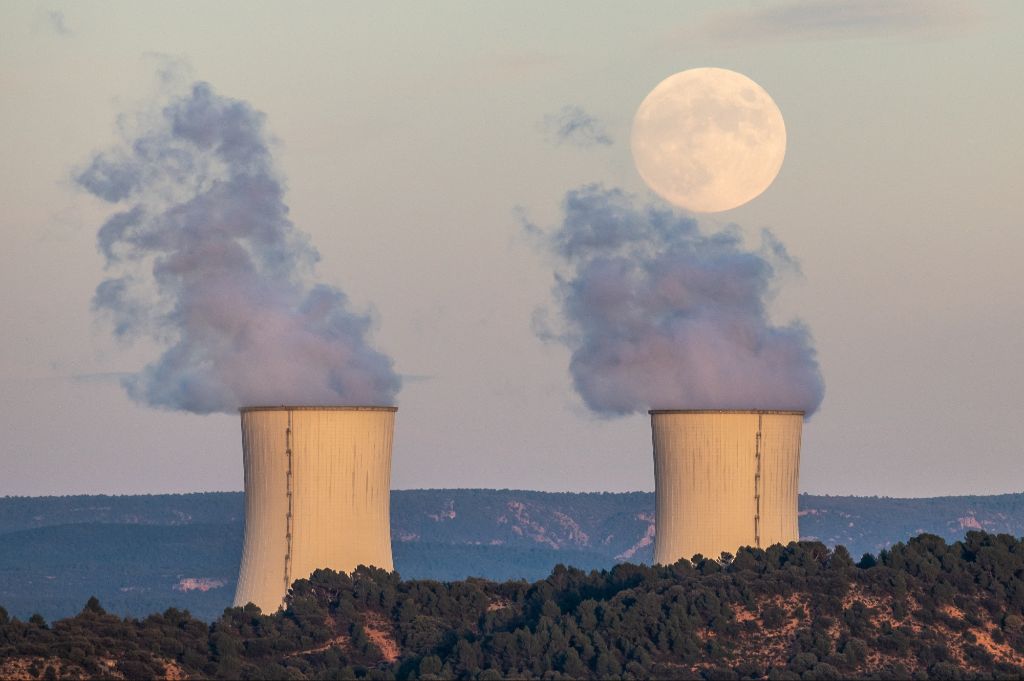
Nuclear energy has been a controversial topic for decades. On one hand, it provides a huge amount of reliable, low-carbon energy that powers cities and industries around the world. On the other hand, nuclear accidents like Chernobyl and Fukushima have raised serious concerns about safety. So where does the truth lie? Could we realistically live without nuclear power plants, or have we become too dependent on their output?
In this article, we’ll look at the pros and cons of nuclear energy and examine whether it’s possible to meet our energy needs without it. There are good arguments on both sides of this debate, and the stakes are high when it comes to powering society sustainably. By exploring the facts objectively, we can understand why views differ and hopefully find some common ground.
What is Nuclear Energy?
Nuclear energy comes from the splitting of uranium atoms in a process called nuclear fission. Inside a nuclear reactor, uranium rods are immersed in water. The uranium atoms split apart, releasing a large amount of heat energy. This heat is used to boil water into steam that spins a turbine to generate electricity. Nuclear fission produces radiation, which is contained by thick concrete walls and controlled by reactor operators. Uranium is a non-renewable resource mined from the earth that provides extremely concentrated energy. Nuclear power plants provide about 20% of U.S. power generation and 55% of its low-carbon electricity production. They generate power without carbon emissions, helping combat climate change.
According to the U.S. Energy Information Administration, nuclear energy works by “exploiting the binding energy contained in the nucleus of an atom. In nuclear fission, the nucleus of a heavy atom splits into two or more nuclei. This generates heat which is used to boil water, produce steam, and drive a turbine generator.” Nuclear chains reactions are carefully controlled inside nuclear reactors which convert nuclear energy into usable electricity that powers our homes and businesses.
Pros of Nuclear Energy
Nuclear energy has several advantages that make it an important electricity source. First, nuclear power plants provide a reliable energy source that produces massive amounts of carbon-free electricity. In 2020, nuclear energy produced more than 50% of U.S. carbon-free electricity, according to the U.S. Energy Information Administration (https://www.energy.gov/ne/articles/advantages-and-challenges-nuclear-energy). Nuclear reactors operate reliably 24/7, resulting in power plants with average capacity factors of over 90% compared to about 40-50% for renewables and natural gas (https://www.nei.org/advantages).
Second, nuclear energy reduces dependence on fossil fuels for electricity generation. Unlike coal, natural gas and oil, uranium is readily available in North America and other countries, making nuclear energy less susceptible to fuel price fluctuations. Nuclear plants require much less frequent fueling cycles compared to fossil fuel plants.
Third, nuclear energy produces massive amounts of carbon-free electricity, supporting clean air goals. Nuclear emits no greenhouse gases during plant operation and throughout the fuel cycle emits about the same lifecycle emissions as wind and less than solar. According to Yale Environment 360, nuclear energy currently provides 55% of U.S. zero-carbon electricity and 11% of total electricity globally (https://e360.yale.edu/features/why-nuclear-power-must-be-part-of-the-energy-solution-environmentalists-climate). This makes nuclear a key tool for reducing greenhouse gas emissions.
Cons of Nuclear Energy
While nuclear energy does provide clean and reliable base load power, it also comes with some significant disadvantages that must be considered (The Momentum).
One major con is the risk of nuclear accidents. Accidents like Chernobyl, Three Mile Island, and Fukushima highlight the devastating impacts nuclear incidents can have. Radioactive materials released into the environment can contaminate soil and water supplies, leading to serious health consequences for communities near plants and potentially impacting global food supplies (Kiwi Energy).
Another significant disadvantage is the issue of radioactive waste disposal and storage. Nuclear plants produce spent fuel rods and other radioactive byproducts that must be safely contained. There are risks of leakage as waste remains radioactive for thousands of years. There is still no permanent storage solution in most countries, leaving questions about the long-term feasibility of nuclear power (Spring).
Finally, high costs are a major downside. Nuclear plants can cost $5-9 billion to construct over 5+ years. Safety requirements and complex designs contribute to expensive maintenance and operation costs. Decommissioning aging plants also costs billions. These factors make nuclear relatively unaffordable (The Momentum).
Current Reliance on Nuclear
Nuclear energy accounts for roughly 10% of global electricity generation. The reliance on nuclear power varies widely by country. According to the International Atomic Energy Agency, as of 2021 France generated 69.6% of its electricity from nuclear power, making it the most nuclear reliant country. Ukraine generated 55.5% from nuclear, Slovakia 52%, and Hungary 49.4%. Other countries with high reliance include Belgium (47.9%), Sweden (41.6%), Bulgaria (36.8%), Czech Republic (35.2%), Finland (34%), Slovenia (33.1%), Armenia (29.3%), Switzerland (28.9%), South Korea (27%), Romania (25.7%), and the United States (19.7%). In total, 31 countries operate nuclear power plants.
Some major economies generate a relatively small percentage from nuclear power, including China (5%), Germany (11.3%), and Japan (6.2%) [1]. While the reliance varies widely, nuclear power remains an important electricity source for many developed and developing nations around the world.
Could We Live Without It?
The feasibility of phasing out nuclear energy entirely depends on the availability of alternative energy sources to meet demand. Countries like Germany have set ambitious timelines to end nuclear power reliance. Germany plans to phase out all nuclear plants by 2022 despite nuclear energy accounting for over 10% of its electricity generation. Phasing out nuclear requires a massive expansion of renewable energy from sources like wind, solar, hydroelectric and biomass. Germany has invested heavily in wind and solar to help offset the nuclear phaseout. In 2020, renewables generated over 50% of Germany’s electricity. However, coal still accounts for a significant portion of Germany’s energy mix, which has made it difficult to reduce carbon emissions even as nuclear plants go offline. Completely transitioning from nuclear will take considerable time, investment and infrastructure changes. Countries must weigh their desire to move away from nuclear versus the need for a stable energy supply and reduced dependence on fossil fuels in the interim. The timeline for phasing out nuclear is also heavily dependent on public sentiment and political factors.
Case Studies
Germany has been steadily phasing out nuclear power since the 2000s. In 2011, Chancellor Angela Merkel announced plans to accelerate the nuclear phaseout following the Fukushima disaster, with all remaining reactors scheduled to close by 2022 [1]. Despite initially generating over 25% of its electricity from nuclear, Germany has managed to rapidly ramp up renewables like wind and solar to fill the gap. However, the nuclear phaseout has also increased Germany’s reliance on coal, hindering its climate goals [2].
In contrast, France relies heavily on nuclear energy, which accounts for around 70% of its electricity mix. However, France’s aging nuclear fleet has recently faced reliability issues. In 2021 and 2022, reactor outages due to corrosion, maintenance delays and other factors significantly reduced nuclear output, forcing greater reliance on imports. While France aims to reduce nuclear to 50% by 2035, experts warn reactor closures must be managed carefully to maintain grid stability and carbon reduction goals [3].
The Future of Nuclear
Recent innovations could potentially increase the viability of nuclear power in the future. According to a major MIT study on the future of nuclear energy, new reactor designs like small modular reactors (SMRs) and new construction methods using advanced modularization could substantially lower costs and shorten construction times (The Future of Nuclear Power – MIT Energy Initiative). SMRs in particular offer flexibility and scalability that could make nuclear energy viable in more contexts. Another key innovation is the development of Generation IV reactor designs that improve safety, efficiency, sustainability, and cost through features like passive safety systems and higher operating temperatures.
Advanced nuclear technologies like small modular reactors, improved construction techniques, and next generation reactor designs have the potential to greatly increase the economic viability and safety profile of nuclear power. If these innovations live up to their promise, the role of nuclear energy could expand in the future as it competes with other low-carbon energy sources (World Energy Needs and Nuclear Power – World Nuclear Association).
Conclusions
This analysis has explored the complex question of whether modern society could live without nuclear energy. On the one hand, nuclear power provides a significant portion of electricity in many developed nations, produces virtually no greenhouse gases, and has seen some safety improvements in recent decades. However, major concerns remain around radioactive waste, the potential for catastrophic accidents, and nuclear proliferation risks. There are good-faith arguments on both sides of this issue.
Transitioning to greater reliance on renewables like solar, wind and hydropower could allow phasing out nuclear, but it would require massive infrastructure investment and changes to power grid management. Some claim next-generation nuclear technology like thorium reactors, fusion, or small modular reactors could offer a cleaner, safer nuclear option. However, these technologies are still in development.
In the end, there are no simple or definitive solutions. The debate around nuclear power raises complex technological, social, ethical and economic questions. An “all of the above” energy strategy using the full array of options – including nuclear, renewables and next-gen technologies – is likely needed to achieve a low-carbon future and ensure reliable, affordable energy access for all. But the risks and sustainability of nuclear must be thoroughly addressed as part of that broader energy dialogue.
References
Here are some sources and links for further reading on the topic of nuclear energy:

